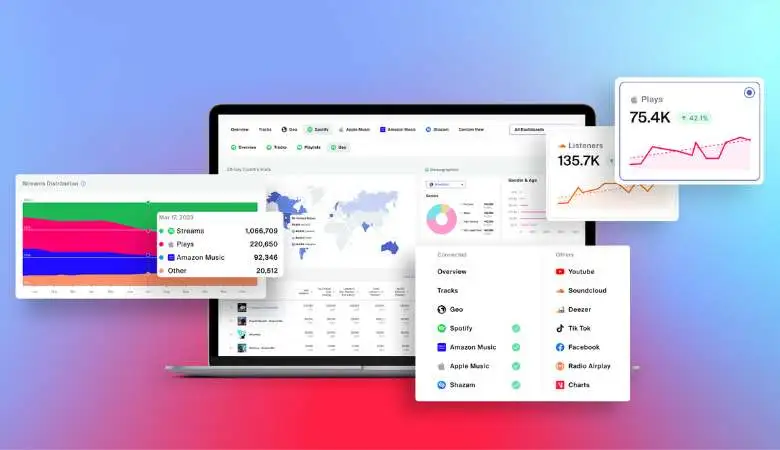Is Digital Disconnection Right, and How is it Applied?

A digital disconnection law for public employees and in companies with more than 20 employees. In the European Union, there is still no standard that regulates the right of people to disconnect outside of work. But several countries have already regulated it, such as Spain, where the disconnection of digital has been regulated by law since 2018, without considering the size of the company.
This article will analyze how the right to digital disconnection is applied and how companies can encourage this rest in their employees.
What is the right to digital disconnection?
The right to digital disconnection is the labor right that people have to not connect to any professional device during their rest periods.
This right includes not answering emails, calls, WhatsApp, video calls, or any other digital communication outside working hours. It is also, therefore, the right of workers to turn off or not check these devices once the workday is over.
Especially after the pandemic and with the generalization of teleworking, the border between the working day and private life has blurred. For this reason, regulating digital disconnection is essential to take care of workers’ mental health, enhance their performance and avoid cases of work stress or burnout syndrome.
Digital disconnection: how this right is applied
A few European countries recognize the right to digital disconnection. It does so in Article 88 of Organic Law 3/2018 on the Protection of Personal Data and Guarantees of Digital Rights. This law establishes the following: “Workers will have the right to digital disconnection to guarantee, outside of legal or conventionally established work time, respect for their rest time, permits and vacations, as well as their personal family privacy.”
Multiple companies have already implemented measures in this direction. ING and AXA are good examples, as they have implemented measures to ensure digital disconnection. For example, limit the hours for meetings between 10 a.m. and 4 p.m. and limit their duration. Or establish a restricted schedule for sending emails and calls, in addition to turning off the lights in the offices at a pre-established time.
To whom does the right of digital disconnection apply?
The right to digital disconnection applies to all workers, including managerial positions. The recently approved labor reform law in Belgium applies to companies with more than 20 workers, but in the case of Spain, it applies to companies of any size.
In any case, the regulation emphasizes professionals who work remotely, as included in the telework law. And it is that, in these cases, it is more difficult to establish limits between personal and professional life.
Based on the digital disconnection law, companies must create an internal protocol reflecting this worker’s right. In other words, an internal digital disconnection policy applies to everyone in the company.
What happens if companies do not respect the right to digital disconnection?
The Labor Inspectorate does not have a specific law on sanctions for non-compliance with digital disconnection. However, penalizing a company that repeatedly contacts its employees after working hours is possible.
The continued sending of messages, emails, or calls responds to harassing conduct. And therefore, by reporting the case, it would be considered a serious infraction.
How companies can encourage digital disconnection
The objective of digital disconnection is none other than to ensure rest and guarantee work-life balance. This will result in an improvement in the employee’s quality of life and, therefore, in greater productivity. To do this, these are some of the measures that companies can apply to promote the digital disconnection of employees:
Schedule control
Time control is important to ensure that digital disconnection is adhered to. This way, you can check if workers receive emails outside of working hours. Also, through this time record (mandatory in Spain since 2019), excess working hours can be detected, the causes analyzed, and measures applied to solve it.
Efficiency in face-to-face
Beyond existing regulations, the company’s corporate culture mustn’t promote face-to-face over efficiency. Likewise, companies must transmit to all the people who lead teams the risks that the lack of digital disconnection entails.
Flexible schedule
Initiatives such as flexible and working hours by objectives also improve the balance between professional and personal life. In this way, workers use their time more efficiently.
Training on the use of technological devices
One of the options companies have is to promote knowledge about the correct use of technological devices. In addition to specialized training, awareness talks on the consequences of incorrect handling of these tools can be included, especially during teleworking.
Reception of emails and calls during working hours
Receiving emails, messages, or calls outside working hours can cause dissatisfaction and job stress. Thus, ensuring that schedules are respected will be key to guaranteeing the right to digital disconnection.
Respecting the right to digital disconnection and implementing measures to do so favors the employee’s quality of life, which impacts the productivity of companies. Likewise, encouraging disconnection from technological devices also helps reduce absenteeism and work stress and improves motivation and retention of talent.
Let us also remember that, beyond complying with the law and respecting workers’ rest, companies that value their performance based on the results obtained and not on the time they spend in their workplace will be more efficient and productive. And they will also promote a better working environment.





